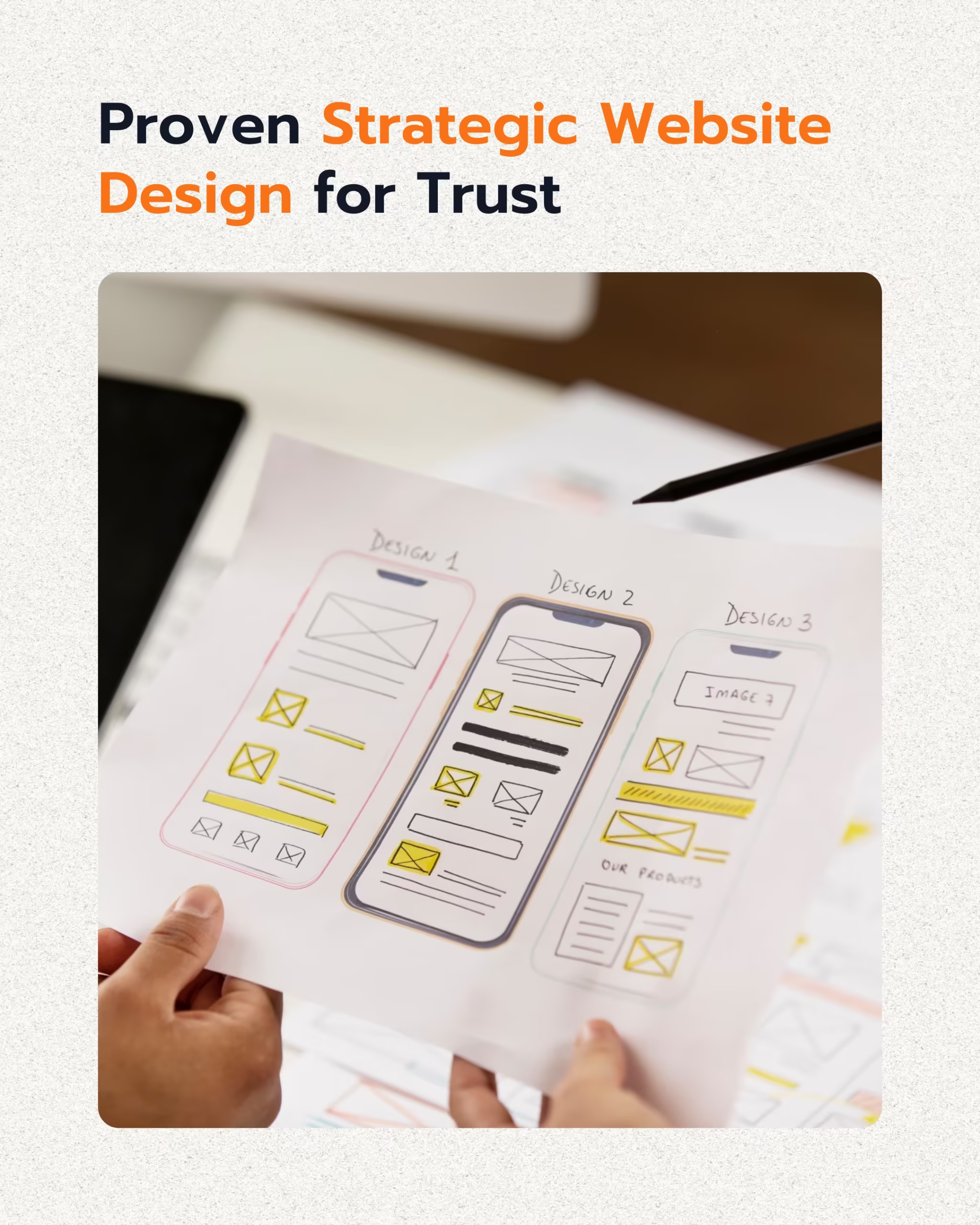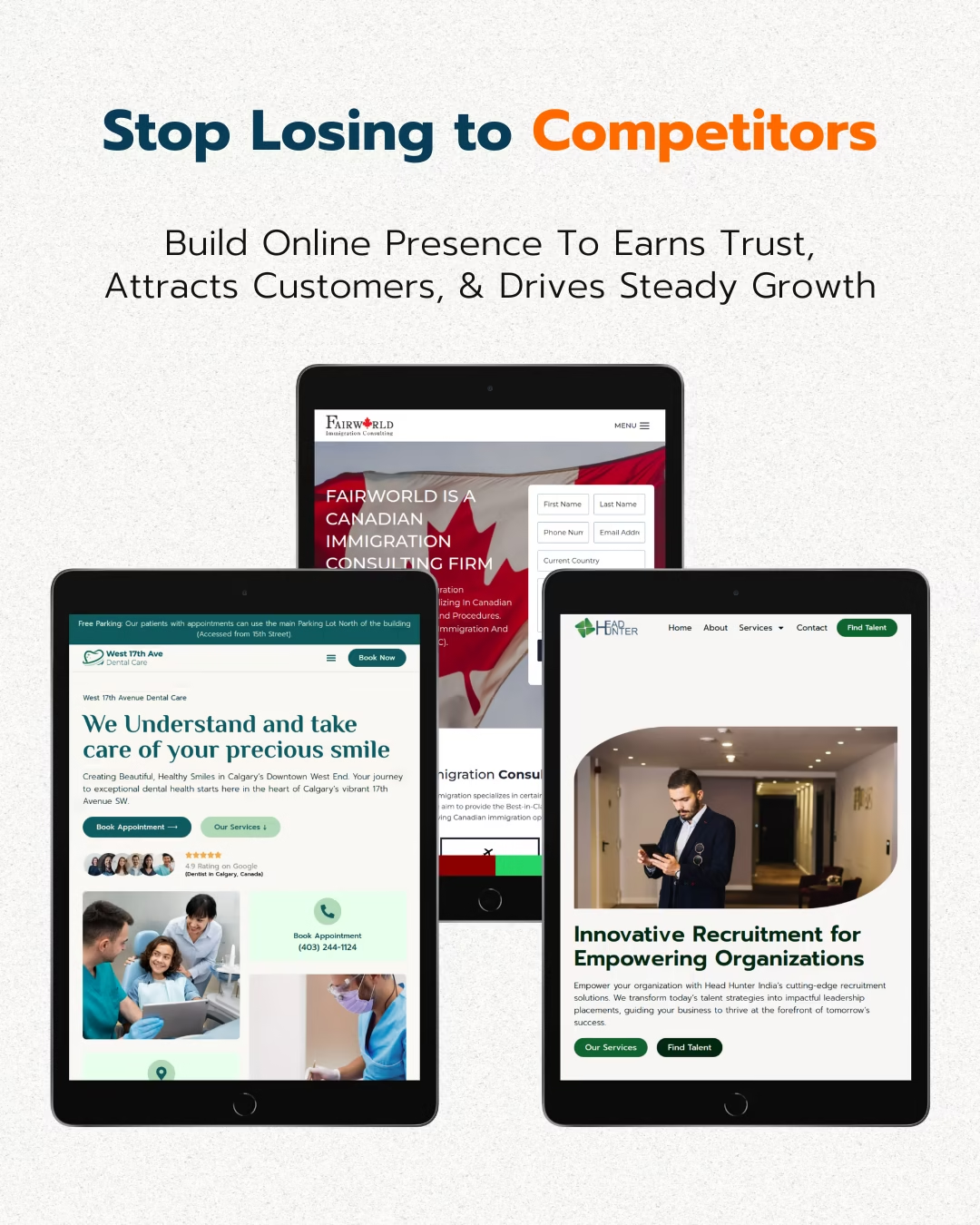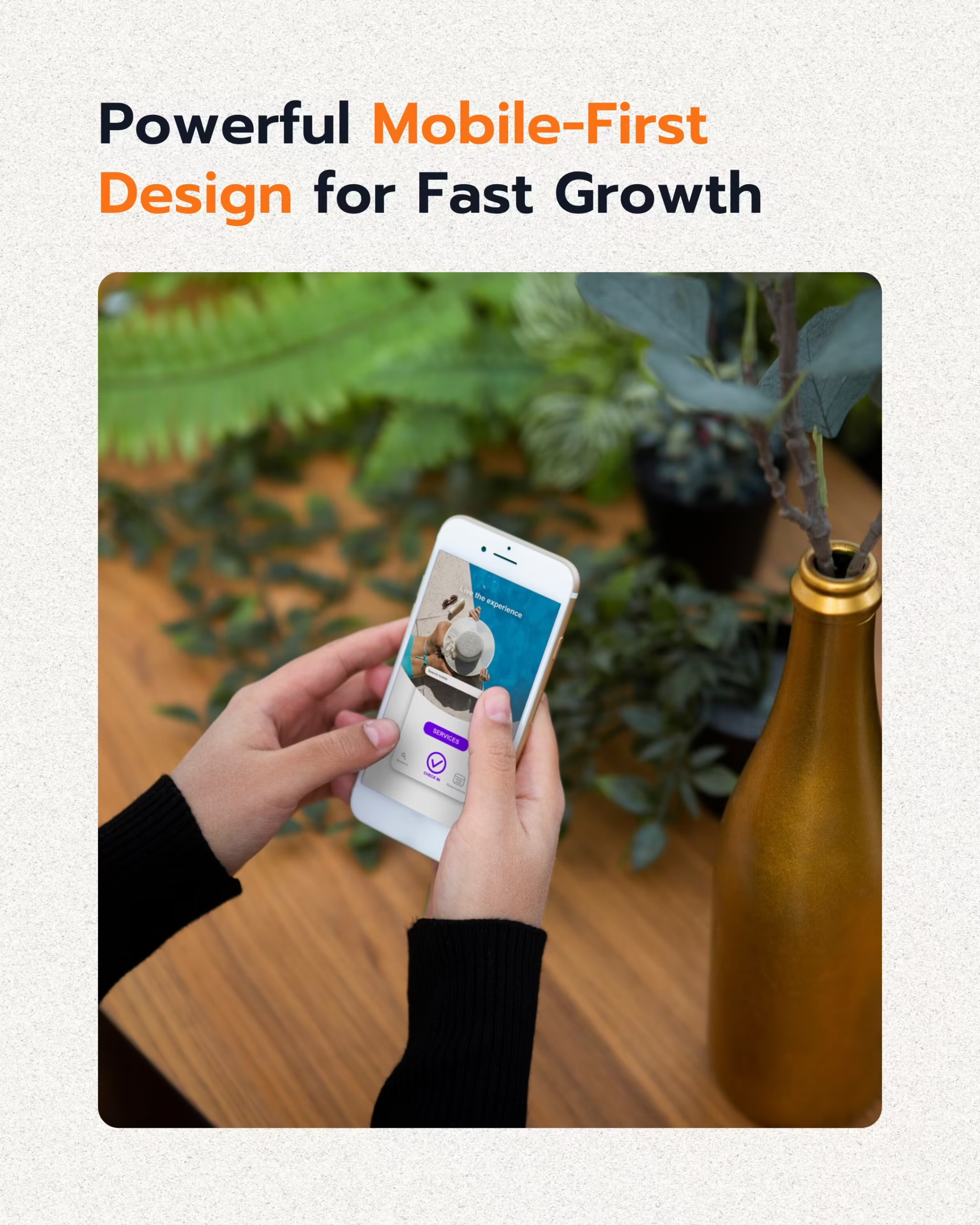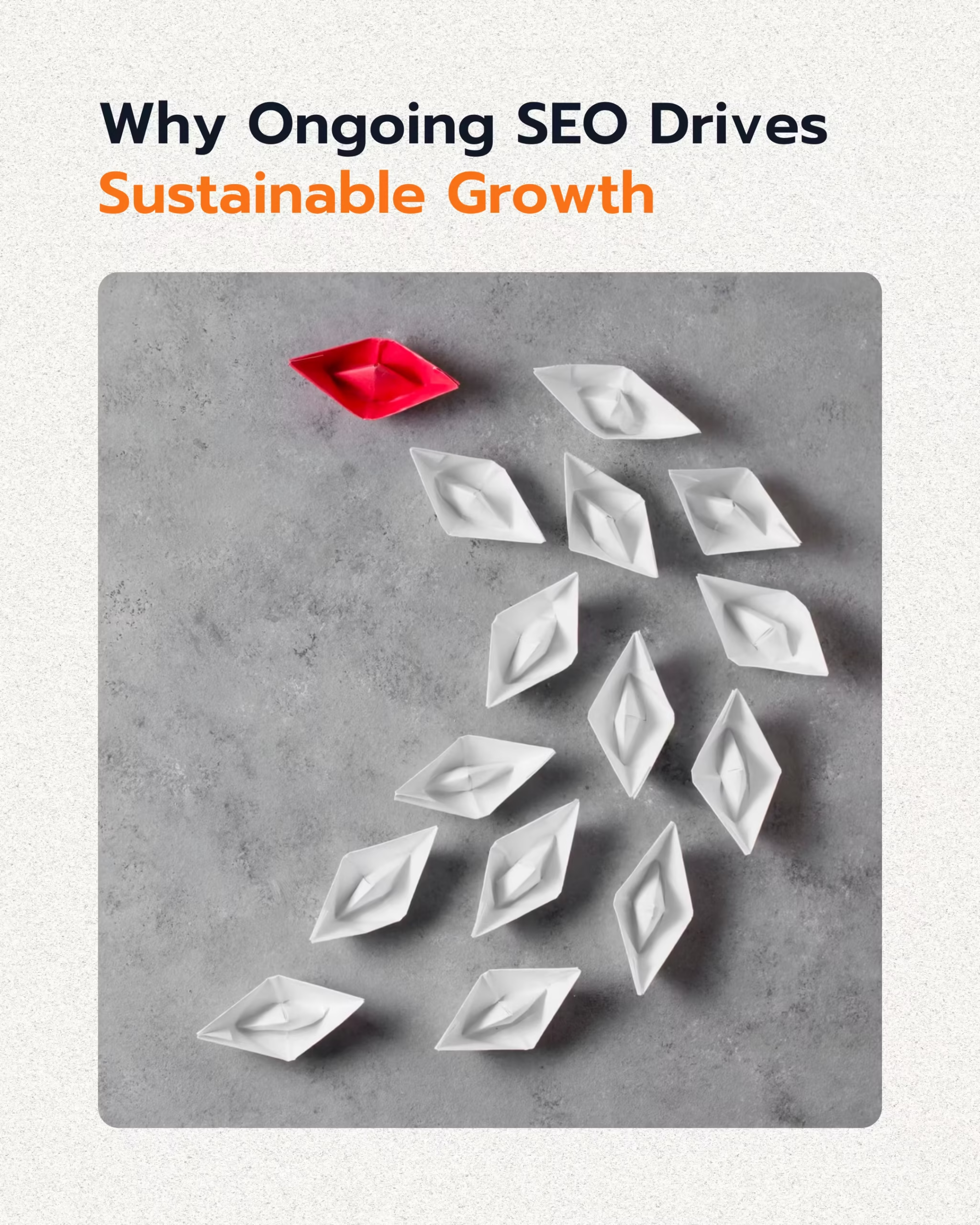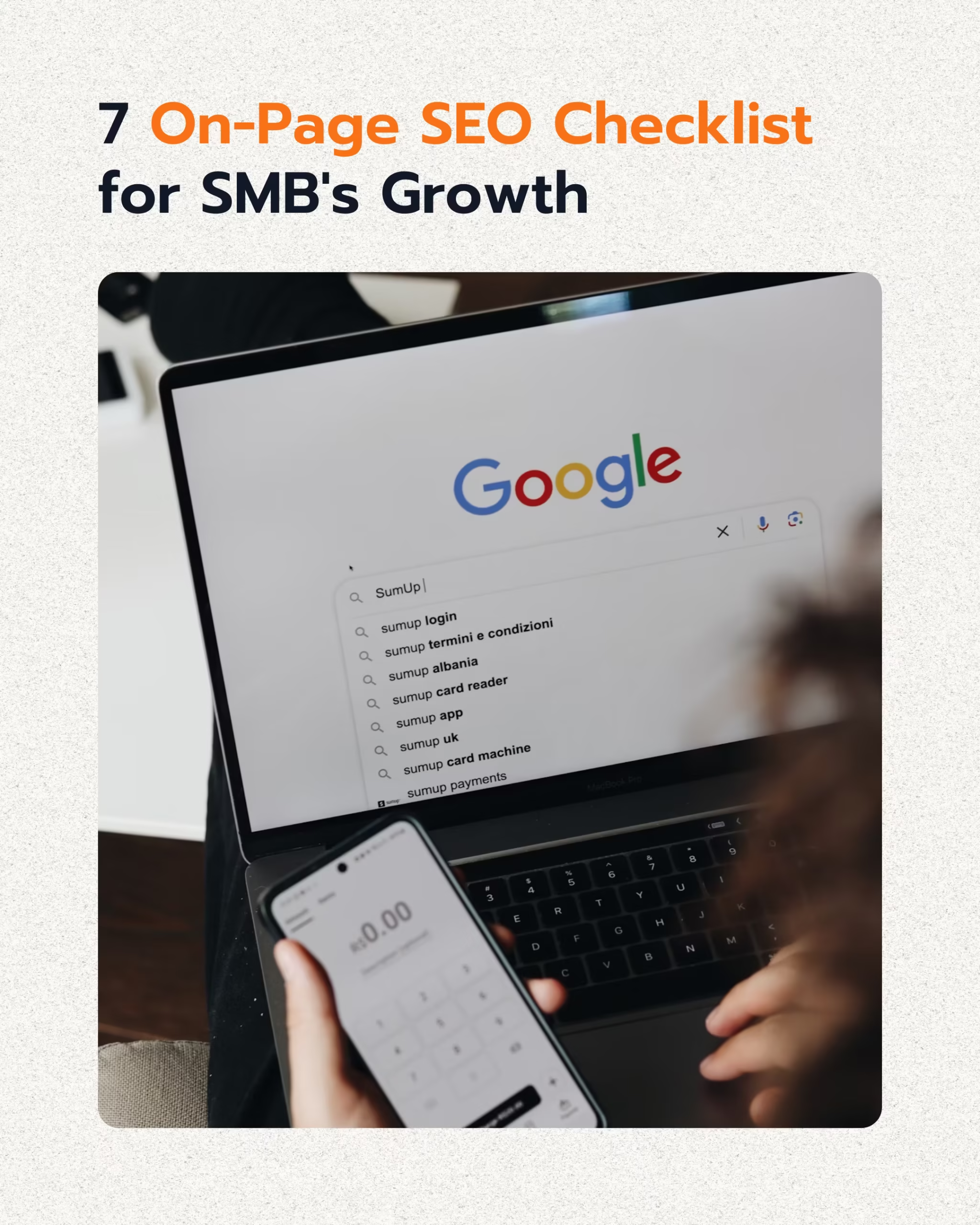Your website is often the first interaction a potential customer has with your brand. This digital storefront plays a critical role in shaping perceptions and, most importantly, building customer trust with strategic website design. A well-designed website does more than look good; it communicates professionalism, reliability, and a commitment to user experience, all vital components of a strong customer strategy.
Understanding the interplay between website design and customer trust is essential for any business aiming for sustained growth. This guide explores how design elements, user experience, and technical performance directly influence credibility, engagement, and ultimately, conversion rates. We will cover key statistics, best practices, and actionable strategies to help you cultivate a trustworthy online presence.
Foundations of Trust in Strategic Website Design
Customer trust is not an abstract concept in the digital realm; it is a tangible outcome directly influenced by your website’s design. When users land on your site, they make rapid judgments about your business’s legitimacy and professionalism. These judgments are heavily weighted by visual cues and functional elements.
Research consistently shows that strategic website design is a primary factor in forming customer trust. For instance, nearly 75% of users judge a business’s credibility based on its website design. This statistic highlights that aesthetics are not merely cosmetic; they are foundational to how your audience perceives your reliability and expertise. A poorly designed site can inadvertently signal a lack of attention to detail or even a lack of seriousness, eroding potential trust before any content is even read.
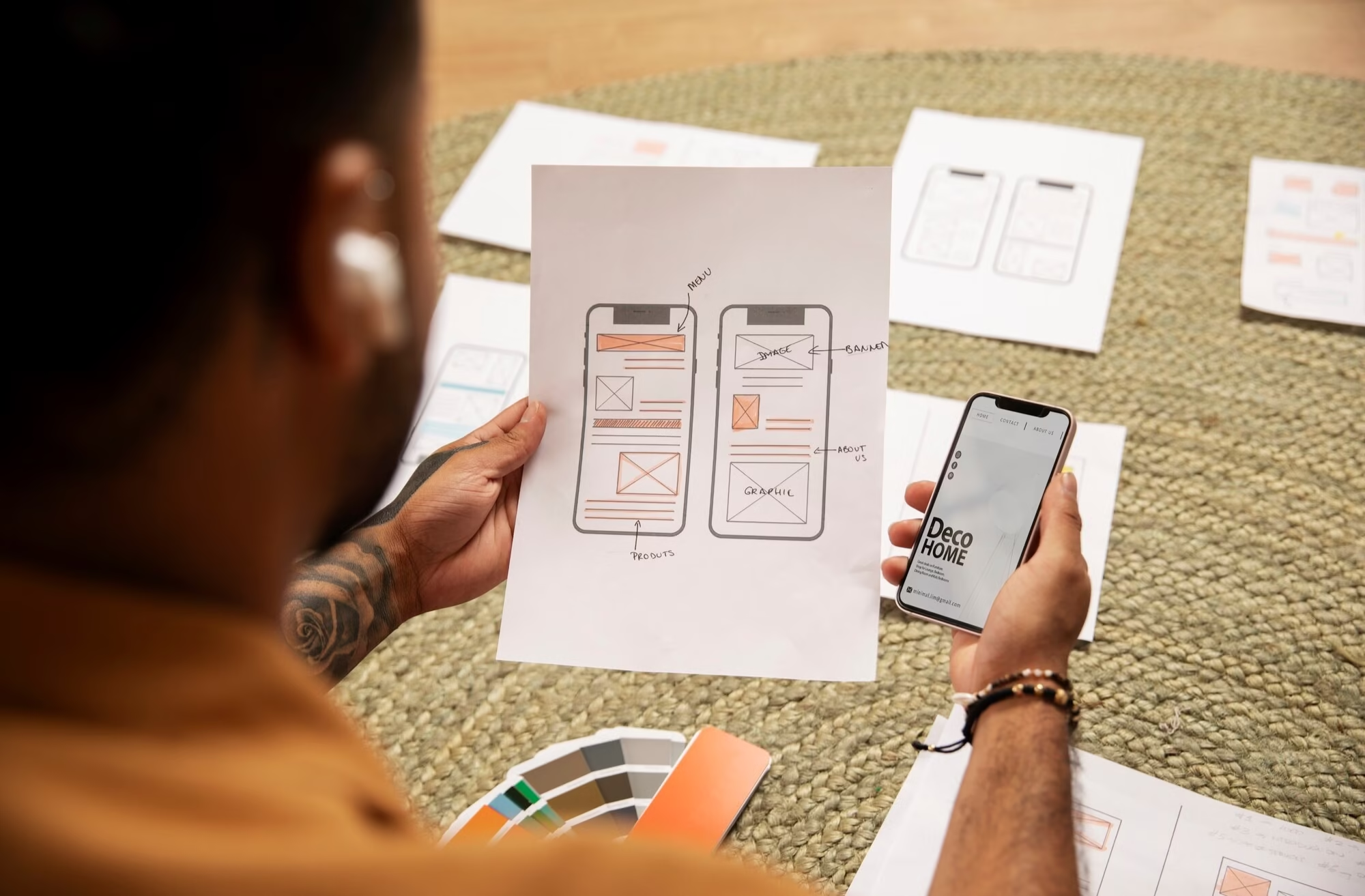
What specific elements contribute to this foundational trust?
- Professional Aesthetics: Clean layouts, consistent branding, and high-quality imagery convey competence.
- Clear Navigation: An intuitive structure helps users find information easily, reducing frustration and building confidence.
- Content Quality: Well-written, error-free content reinforces credibility and demonstrates expertise.
These elements work in concert to establish an initial layer of trust, encouraging visitors to explore further and engage with your offerings. Without this foundation, even the most compelling products or services may struggle to gain traction.
First Impressions Matter: Design’s Immediate Impact
The digital world operates at lightning speed, and first impressions are formed in milliseconds. Your website’s design plays an outsized role in this initial judgment, dictating whether a visitor stays or leaves. This immediate impact is a critical component of any effective customer strategy.
Web design influences 94% of potential customers’ first impressions, occurring within just 50 milliseconds. This rapid assessment strongly affects their trust and decision to engage. If a site appears outdated, cluttered, or difficult to use, visitors are likely to bounce. Conversely, a modern, organized, and visually appealing design can instantly create a sense of welcome and professionalism, inviting users to delve deeper. This quick judgment is not just about aesthetics; it is about perceived competence and trustworthiness.

Consider these aspects of immediate impact:
- Visual Hierarchy: Clear presentation of important information guides the user’s eye and reduces cognitive load.
- Color Psychology: Appropriate color schemes can evoke specific emotions and reinforce brand identity, contributing to a positive initial feeling.
- Typography: Legible and professional fonts enhance readability and convey a sense of authority.
An Adobe report cited by TheCoverNetwork highlights that 38% of users stop engaging if a site’s content or layout is unattractive. This statistic underscores how quickly poor design can deter potential customers, making the initial visual appeal a non-negotiable aspect of building trust.
UX/UI: Driving Conversions and Credibility
Beyond initial impressions, the ongoing user experience (UX) and user interface (UI) are powerful determinants of customer trust and, subsequently, conversion rates. A seamless, intuitive experience signals that a business values its customers’ time and needs, which is a cornerstone of a strong customer strategy.

The impact of good UX/UI on business outcomes is substantial. A well-designed UI can boost conversion rates by 200%, while excellent overall UX design can increase conversion rates by up to 400%. These figures are not mere suggestions; they are direct indicators of how design quality translates into tangible business growth. Conversely, poor design can push away 38% of visitors, demonstrating the high cost of neglecting user-centric design principles.
What defines a strong UX/UI for trust and conversion?
- Intuitive Navigation: Users should effortlessly find what they seek, reducing frustration and increasing satisfaction.
- Clear Calls to Action (CTAs): Guiding users towards desired actions with clear, concise prompts builds confidence in the process.
- Minimal Friction: Streamlined forms, easy checkout processes, and quick access to support reduce barriers to conversion.
- Feedback and Responsiveness: Providing visual feedback for user actions and ensuring the interface responds quickly creates a sense of control and reliability.
Businesses investing in UX report an average ROI of 9900%, underscoring the financial impact of user-centric design on trust and profitability. This significant return on investment highlights that prioritizing UX is not just about making a site look good, but about creating a highly functional and trustworthy environment that encourages engagement and drives sales.
Security Signals and Customer Confidence
In an age of increasing cyber threats, website security is no longer a hidden technical detail; it is a visible and critical trust factor for customers. Explicit security signals on your website directly influence how secure users feel, which in turn impacts their willingness to share information or make purchases.

The data clearly shows that security is paramount. 68% of users stop engaging with a website if it is not secure. This statistic alone should compel every business to prioritize visible security measures. Customers are increasingly aware of online risks and actively look for assurances that their data is protected. Without these assurances, trust quickly erodes, leading to lost opportunities and damaged reputations.
Key security signals that build trust:
- HTTPS Protocol: The presence of “HTTPS” in the URL and a padlock icon in the browser bar are universal indicators of a secure connection. Almost 30% of users look for a padlock icon indicating site security.
- SSL Certificates: Displaying badges from reputable SSL providers can further reinforce security.
- Privacy Policy and Terms of Service: Easily accessible and clearly written policies demonstrate transparency about data handling.
Beyond technical implementation, the visible communication of these security measures is vital. A secure website fosters a sense of safety, encouraging customers to proceed with transactions and share personal details. This transparency and protection are indispensable elements of a modern customer strategy, directly contributing to customer confidence and loyalty.
Mobile Experience: A Cornerstone of Modern Trust
With the pervasive use of smartphones, a seamless mobile experience is no longer a luxury but a fundamental requirement for building customer trust. Users expect websites to perform flawlessly on any device, and a poor mobile design can quickly shatter credibility and drive visitors away.
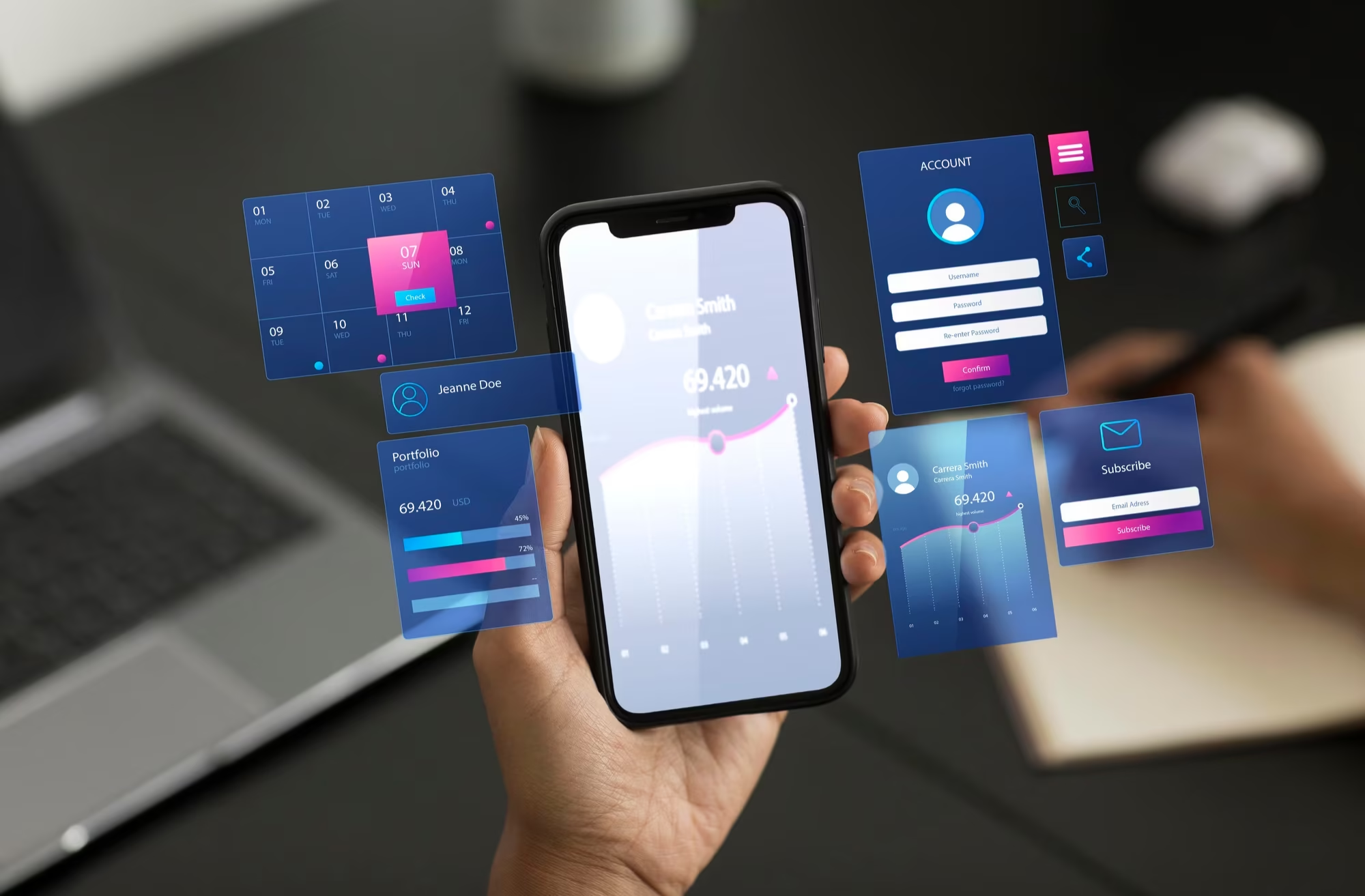
Mobile usability directly impacts trust and engagement. 92% of users prefer websites that are easy to navigate on mobile. Furthermore, mobile-friendly design can increase repeat visits by 75% and help build customer trust. The expectation for a smooth mobile experience is so high that 57% of users won’t recommend sites with poor mobile design. This highlights that mobile optimization is not just about accessibility; it is about meeting user expectations and demonstrating a commitment to their convenience.
Critical aspects of a trustworthy mobile experience:
- Responsive Design: Ensures the website adapts fluidly to different screen sizes, providing an optimal viewing experience.
- Fast Load Times: Mobile users are particularly impatient. Sites taking more than 3 seconds to load see bounce rates spike by 32%, and 53% of mobile users abandon slow-loading sites.
- Touch-Friendly Interface: Large, easily tappable buttons and intuitive gestures enhance usability.
- Simplified Navigation: Mobile menus should be concise and easy to access, preventing users from getting lost.
Retailer A, for example, saw a 30% sales increase in 6 months after implementing a mobile-first redesign with user testing. This case study illustrates the direct correlation between a superior mobile experience and improved business outcomes, reinforcing its role in a robust customer strategy.
Design ROI and Emerging Trends
Investing in quality website design is not merely an expense; it is a strategic investment with a significant return. The measurable impact on customer trust, conversions, and brand loyalty makes a compelling case for prioritizing design. Furthermore, staying abreast of emerging trends ensures your customer strategy remains competitive and relevant.

The return on investment (ROI) for UX design is impressive, with businesses investing in UX reporting an average ROI of 9900%. This staggering figure demonstrates that user-centric design directly contributes to profitability and long-term success. Beyond direct financial gains, a strong design fosters brand trust, which is invaluable for customer retention and advocacy. Companies like Tech Company B saw a 50% increase in user retention rates after modernizing their aesthetic and improving load times, proving the enduring value of good design.
Emerging trends shaping customer trust and web design:
- AI Chatbots for CX: 73% of businesses use AI chatbots for improved CX, increasing engagement by 80%. These tools provide instant support, building trust through responsiveness.
- Accessibility: Designing for all users, including those with disabilities, is becoming a standard for trustworthiness. 71% of users leave sites hard to navigate for people with disabilities.
- Personalization: Tailoring content and experiences to individual users can deepen engagement and foster a sense of being understood and valued.
These trends highlight that a forward-thinking customer strategy integrates technology and inclusive design principles to continuously enhance the user experience. Measuring customer trust also involves tracking sentiment, with 80% of US CX leaders using sentiment analysis tools to measure customer trust regularly, tracking tone and emotion from interactions.
Actionable Strategies for Building Trust
Translating the principles of good design into a trustworthy online presence requires concrete actions. Implementing specific strategies can significantly enhance your website’s credibility, improve user experience, and strengthen your overall customer strategy.
Building trust through design involves a multi-faceted approach. It starts with understanding your audience and their expectations, then systematically addressing potential trust barriers. For instance, displaying social proof like testimonials or client logos can substantiate claims and build confidence. While specific examples were not detailed in the provided research, this strategy is widely endorsed in digital marketing literature as a powerful trust-builder. 87% of people trust a local business more when positive reviews are prominently displayed.
Practical strategies to implement:
- Conduct Regular Audits: Periodically assess your website for usability, visual appeal, and mobile responsiveness. Identify areas for improvement based on user feedback and analytics.
- Prioritize Mobile-First Design: Ensure your site is fully responsive and optimized for mobile devices, focusing on fast loading times and intuitive navigation.
- Update Visual Elements: Keep your fonts, colors, and imagery current and professional. Outdated visuals can quickly erode trust.
- Integrate Social Proof: Prominently feature customer testimonials, reviews, and trust badges on key pages.
- Ensure Transparency: Clearly communicate your privacy policy, terms of service, and contact information.
- Optimize for Speed: Fast loading times are crucial for user satisfaction and SEO. Use tools to analyze and improve your site’s performance.
By consistently applying these strategies, businesses can create an online environment that not only attracts visitors but also converts them into loyal customers. The goal is to build a digital experience that reflects the reliability and quality of your brand, making trust an inherent part of your customer strategy.
Frequently Asked Questions (FAQ)
How do I measure the impact of website design on customer trust?
You can measure impact through metrics like bounce rate, time on site, conversion rates, and customer feedback surveys. Tools like sentiment analysis, used by 80% of US CX leaders, also help track customer sentiment and engagement.
What are the most critical web design elements for building credibility?
Key elements include professional visual aesthetics, intuitive navigation, fast load times, clear security indicators (like HTTPS), and mobile responsiveness. 75% of users judge credibility based on design, so these elements are vital.
Why should I invest in UX design for my website?
When to consider a complete website redesign?
Consider a redesign if your site has an outdated aesthetic, poor mobile performance, low conversion rates, or negative user feedback. An outdated site can deter 38% of users, so periodic updates are crucial.
How does mobile-friendliness affect customer trust?
Mobile-friendliness is crucial for trust, as 92% of users prefer mobile-friendly sites. Poor mobile design leads to 57% of users not recommending a site, directly impacting perceived reliability and professionalism.
What role do security indicators play in building online trust?
Security indicators like HTTPS and SSL certificates are vital. 68% of users stop engaging with unsecured sites, and 30% actively look for a padlock icon, making visible security a direct trust factor.
Can website loading speed impact customer trust?
Yes, loading speed significantly impacts trust. Sites taking over 3 seconds to load see a 32% increase in bounce rates, and 53% of mobile users abandon slow sites, indicating impatience and a lack of perceived reliability.
How can social proof be integrated into web design to build trust?
Integrate social proof by prominently displaying customer testimonials, reviews, and client logos. 87% of people trust local businesses more with positive reviews, making this a powerful trust-building technique.
What are the benefits of an accessible website design?
Accessible design expands your audience and builds trust by demonstrating inclusivity. Neglecting accessibility can lead to 71% of users leaving sites that are hard to navigate for people with disabilities, impacting both reach and reputation.
How often should I update my website’s design?
Regular updates are crucial to maintain a modern aesthetic and optimal functionality. While there’s no fixed schedule, consider updates every 2-3 years or when significant changes in technology or user expectations occur, to avoid looking outdated and losing trust.
What is the role of clear content in building website trust?
Clear, concise, and error-free content is essential for trust. It demonstrates professionalism and expertise, helping users quickly understand your offerings. Confusing or poorly written content can create doubt and reduce credibility, impacting your customer strategy.
How do AI chatbots contribute to customer trust on a website?
AI chatbots enhance trust by providing instant support and answers, demonstrating responsiveness and availability. 73% of businesses use AI chatbots, which can increase engagement by 80%, fostering a sense of reliable assistance.

